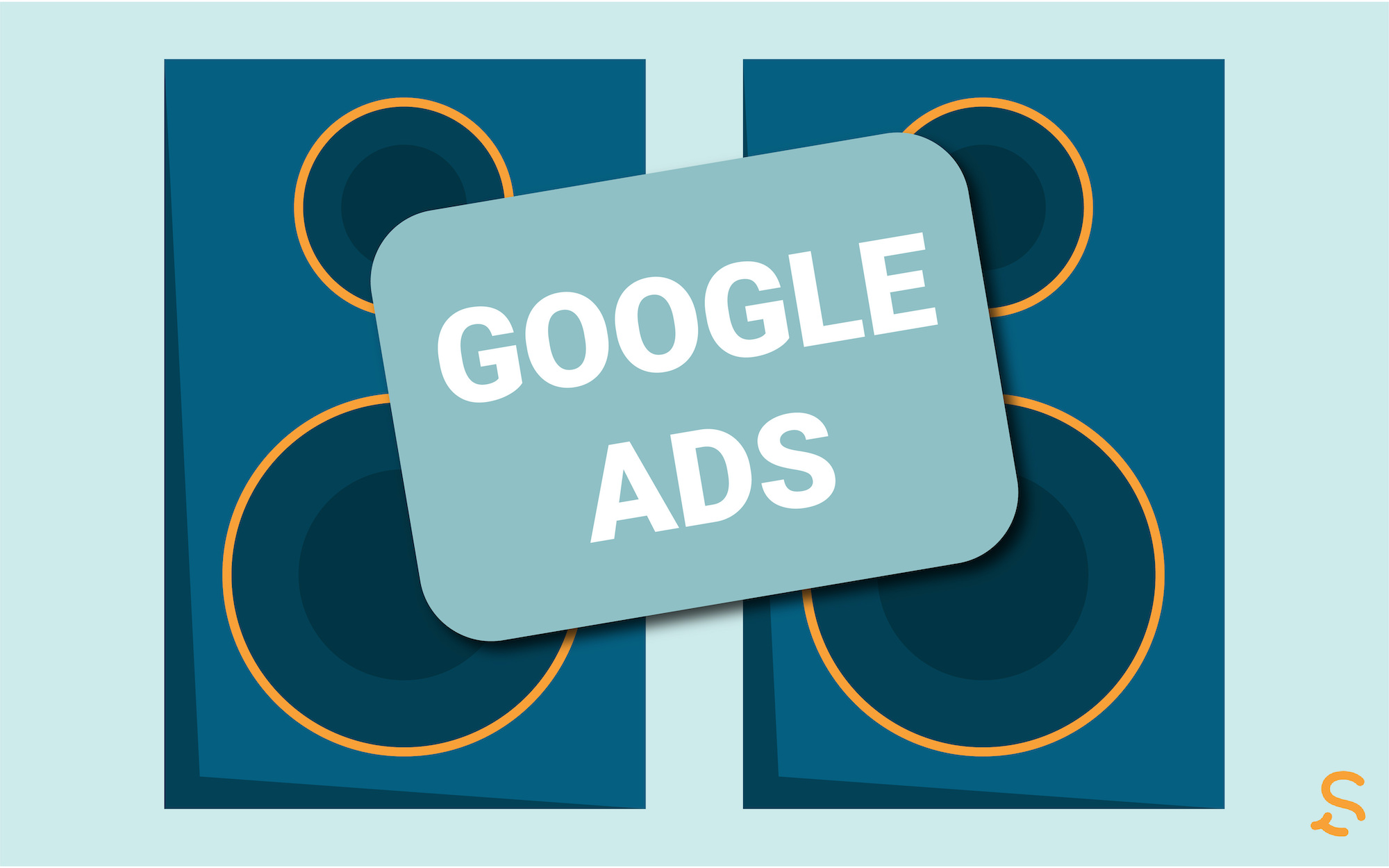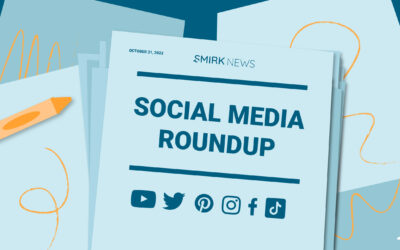Google Introduces Programmatic Audio Placements in Ad Manager

New Opportunities for Audio Advertising
Google announced upcoming features to their Ad Manager that will expand opportunities for advertisers to reach new and relevant audiences through audio placements. Currently in beta, the expansion will offer new programmatic monetization for publishers, forecasting abilities and dynamic ad insertion for audio channels.
Cross-Format Monetization
Google Ad Manager is also introducing a new way to give advertisers the ability to manage their audio, display and video ads all in one place. This will make it easier to deliver ads to a consumer based on how they’re interacting with a streaming app in real time.
If the listener is playing music in the background, an audio ad will be presented to them. If they are more actively listening on their phone or computer, a video ad will be displayed. Google will also offer the option to default to Dynamic Ad Insertion, which will play an audio ad regardless of the device that the consumer is using.
Catering ads to consumers based on their listening habits will ensure that the appropriate type of ad is put in front of them. Further, these options can assist advertisers in delivering the right ad format at the right time across any device while maximizing ad revenue.
The Growth of Audio Advertising
Audio advertising is becoming an increasingly prominent fixture in the digital landscape. It’s predicted that U.S. consumers will spend approximately 86.88 minutes a day listening to digital audio.
What sets it apart from other advertising avenues is the consumption of audio content can be done passively — 50% of Gen Z and Millennials listen to streaming platforms while doing other activities, such as cleaning, cooking or driving. This is in direct contrast to other forms of digital advertising, such as Google Display Ads, where the consumer needs to be paying closer attention to a screen in order to be reached.
Podcasting Becomes a Top Ad Spend
With the absence of many people’s daily commutes — a time often used to catch up on our favorite podcasts — one might think that audio’s reach would be suffering. However, spending by podcast advertisers is predicted to grow by 45% to $1.13 billion in the U.S.
Growth in podcast advertising spend will be more resilient this year relative to digital radio advertising as a whole, which will see double-digit declines. The continued growth in podcast advertising is no surprise, as investments have made podcasts accessible to a wider audience. The news genre, a focus of many podcast advertisers, has performed well during the pandemic
Insider Intelligence eMarketer Forecasting Director
Implementing Audio Advertising into your Strategy
Maybe audio ads are something you’ve never considered for your brand. Unlike traditional radio advertising, creating audio ads through Google Ads Manager gives you the opportunity to deliver your content directly to your unique target demographic.
With this Ads Manager expansion, you’ll have the ability to adapt your ad strategy based on key insights into how each audio ad is performing and ensuring the correct format of ad is displayed to your audience. Studies show that 61% of listeners pay for a product or service they heard about on a podcast.
Audio Advertising Best Practices
Since you won’t have a visual aspect to back up your audio ad, it’s essential that the copy is strong enough to stand on its own. Ensure you’re approaching this specific format in a strategic way while keeping best practices in mind.
1. Keep it Conversational
When writing audio ads, it’s important to keep the transcript as approachable as possible. You want to avoid a formal tone. Instead of positioning your brand as a friend of the listener telling them about their new favorite product or service. People typically stream music or podcasts as a way to relax and escape from reality — avoid yelling or loud, abrasive sound effects.
2. Tell a Story
The use of audio gives advertisers the opportunity to create a vision in a listener’s head. Using descriptive language and subtle sound effects can transport listeners into the world your brand is building. Like all forms of advertising, being descriptive and personable helps consumers feel more invested in your brand and the story you’re sharing.
Storytelling is a fantastic way to communicate the identity of your brand. Effective use of narrative in advertising tells people what your values are and how your product or service addresses specific pain points your audience may be experiencing.
Smirk Content Creator
3. Include a Clear CTA
The goal of an ad is always to encourage consumers to take an action. Make sure to offer something of value to the listener while creating a sense of urgency — this could be a time-sensitive offer code, social media contest or more. Keep it simple and memorable.
How Smirk Can Help
The advertising landscape is constantly evolving and might seem difficult to keep up with. This is where we come in.
Our team of experts can help you stay in the loop and navigate the best way to get your brand in front of the right people, whether that’s with an audio-focused advertising campaign or something better suited to your unique business needs. Schedule a call with a Smirk team member today and we’ll work with you to identify which avenue is best for your brand.
Recent Posts
Top 10 October 2023 Social Media Updates
The new year will be here before we know it! Now's the time to reflect on how your biggest marketing initiatives have performed over the last year, from social media posts to ad campaigns. Take the time to identify the areas that you excelled at and where you can find...
Get to know Zachary, Smirk’s Newest Digital Content Specialist
Hello! I’m Zachary, Smirk’s newest Digital Content Specialist. I am excited to join the Smirk family and embark on a fantastic journey with my fabulous new teammates. Here is a little bit about me. Early Adventures I grew up in a small town called Choctaw, Oklahoma. I...



0 Comments